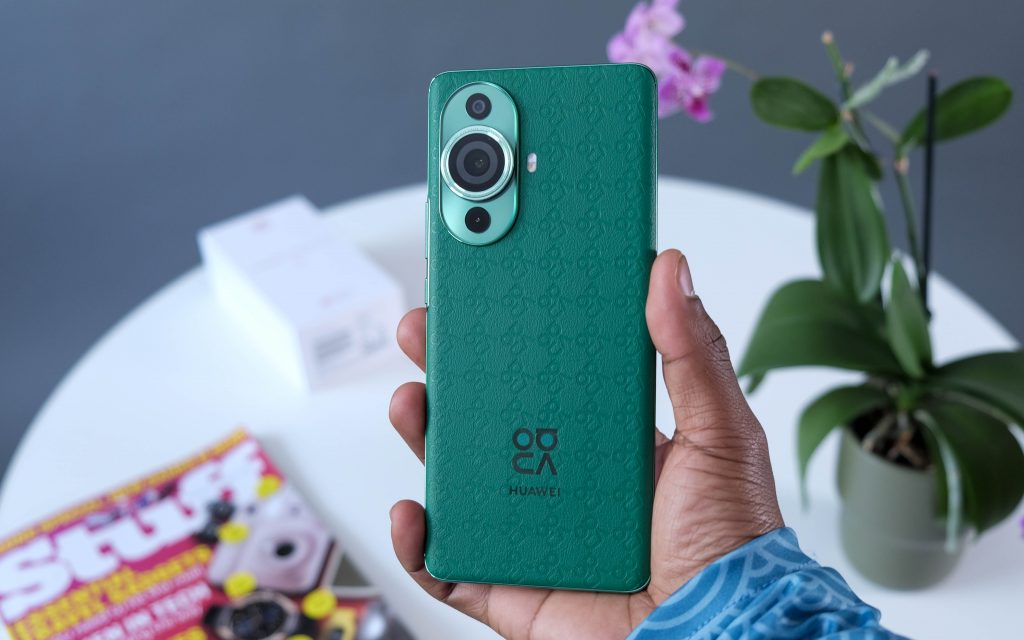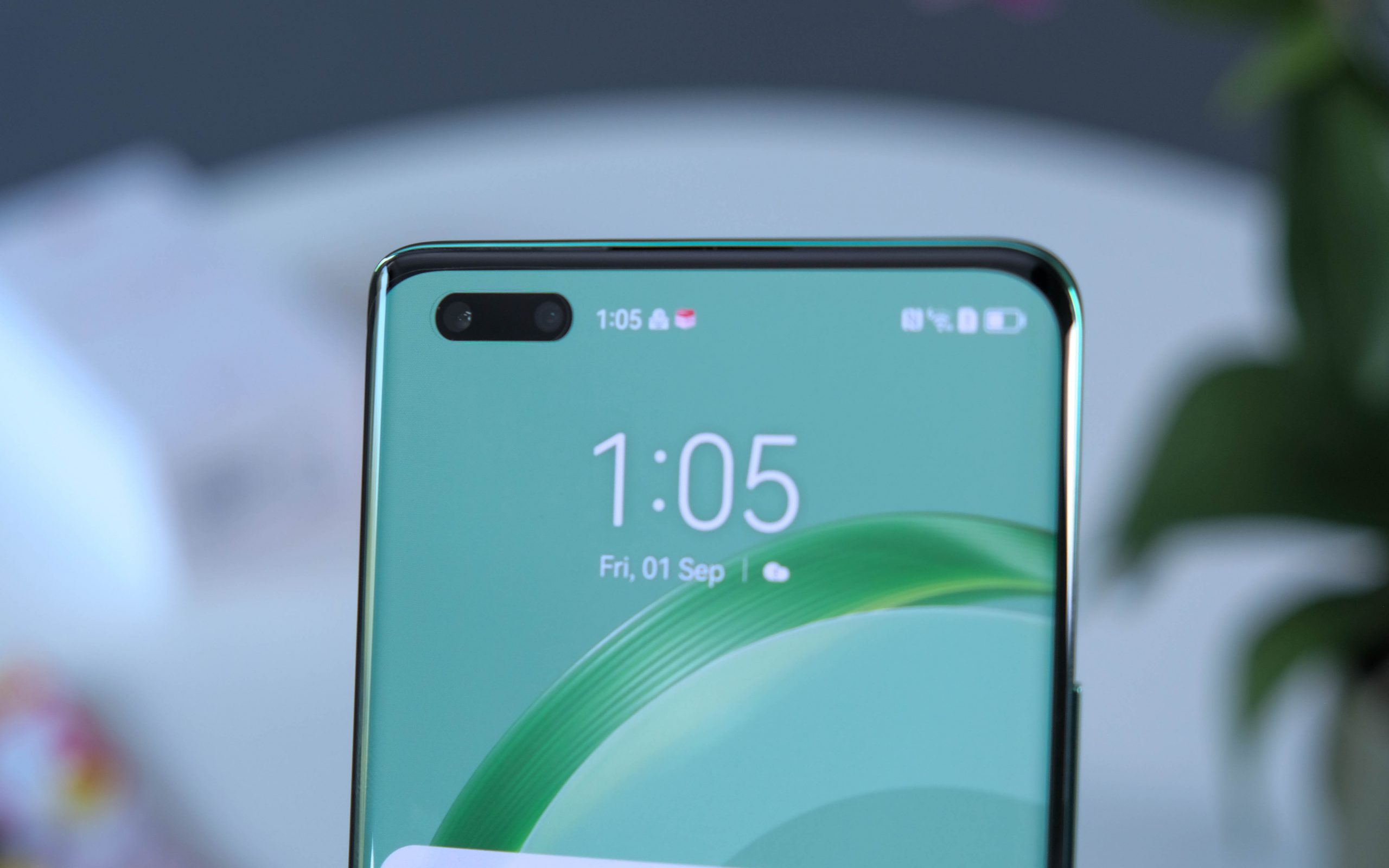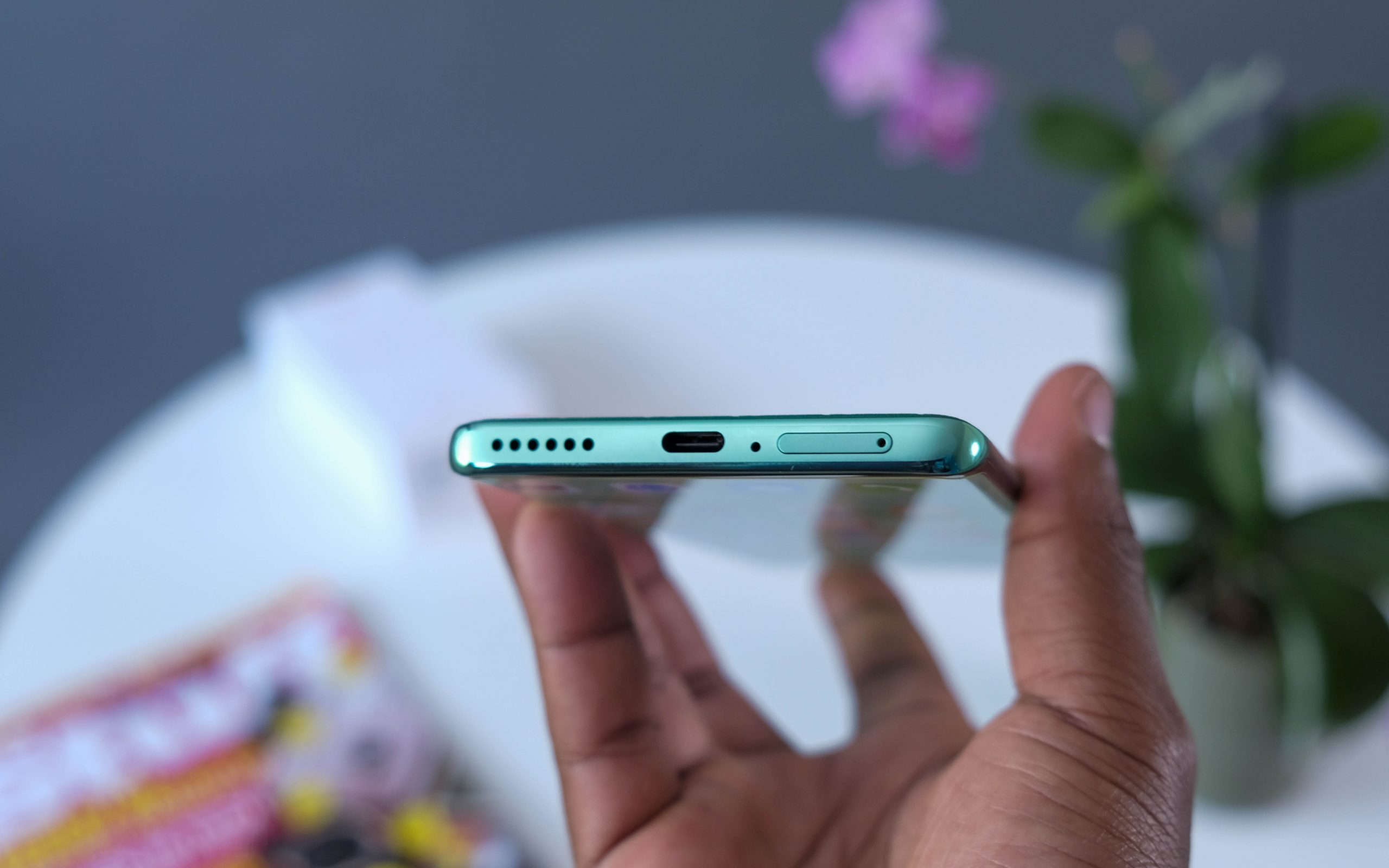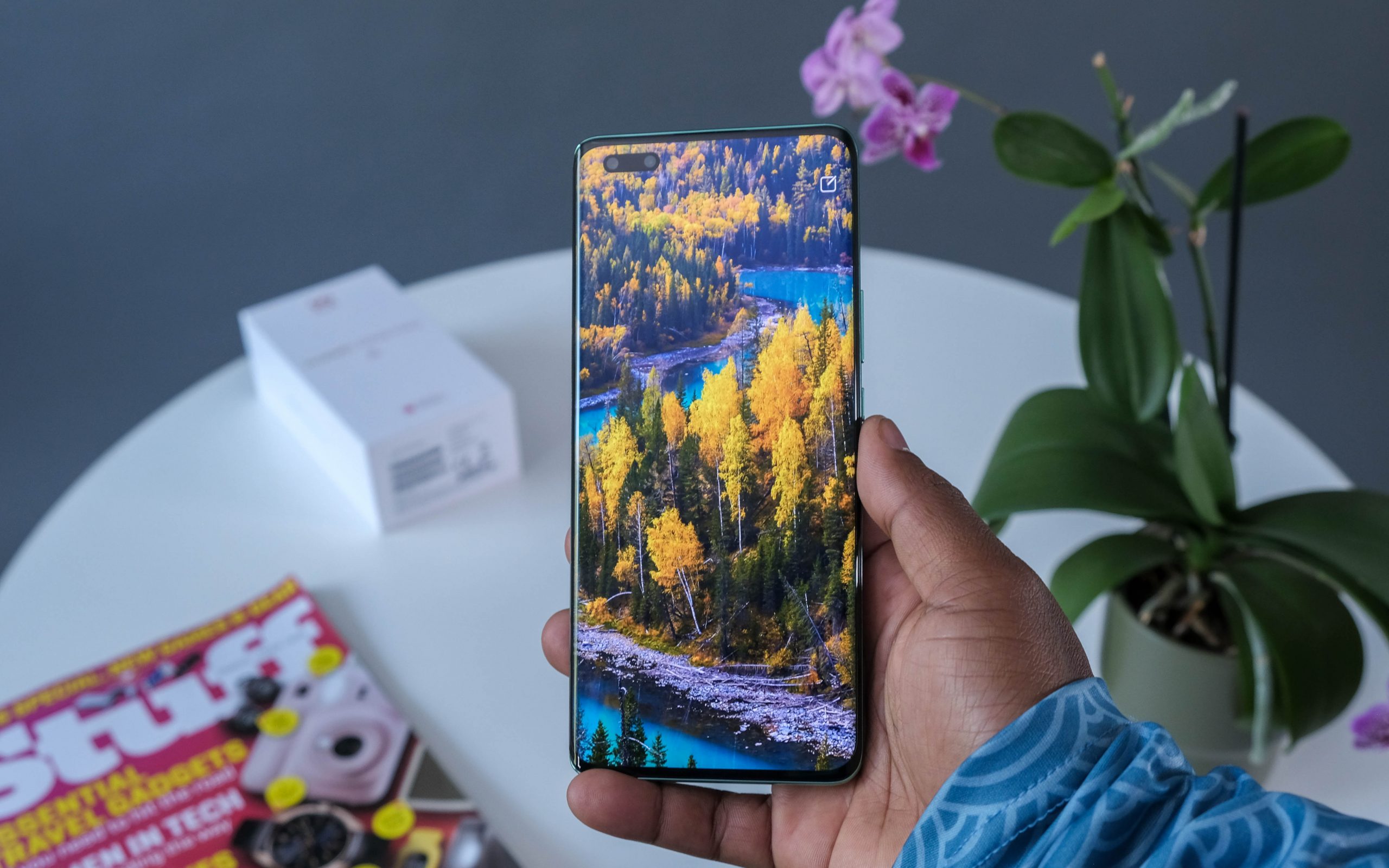Huawei's newest mid-range king is unfortunately the same as last year's mid-range king, just in a shiny new outfit. If you purchased the Nova 10 Pro in 2022, you already own this phone and there's no reason to upgrade beyond the attractive new package. But if you are in the market and are upgrading older hardware, this one's worth considering if you're still all-in on Huawei's gear.
-
Design
-
Performance
-
Battery
-
Camera
-
Value
It’s not often that a smartphone manages to do something visually striking. When it does, as is the case with the Huawei Nova 11 Pro, it’s worth paying closer attention to.
As with most things, this may or may not be a good thing. In the case of Samsung’s ill-fated Galaxy K Zoom, ‘visually striking’ didn’t equal ‘functionally useful’ (and it really should have). Here, Huawei’s gone for impressive looks without worrying about making it somehow more than just a pretty face. It works, if for no other reason than it’ll have folks looking twice at the mini-computer you’ve just hauled out of your pocket. In a good way.
Looking a little green
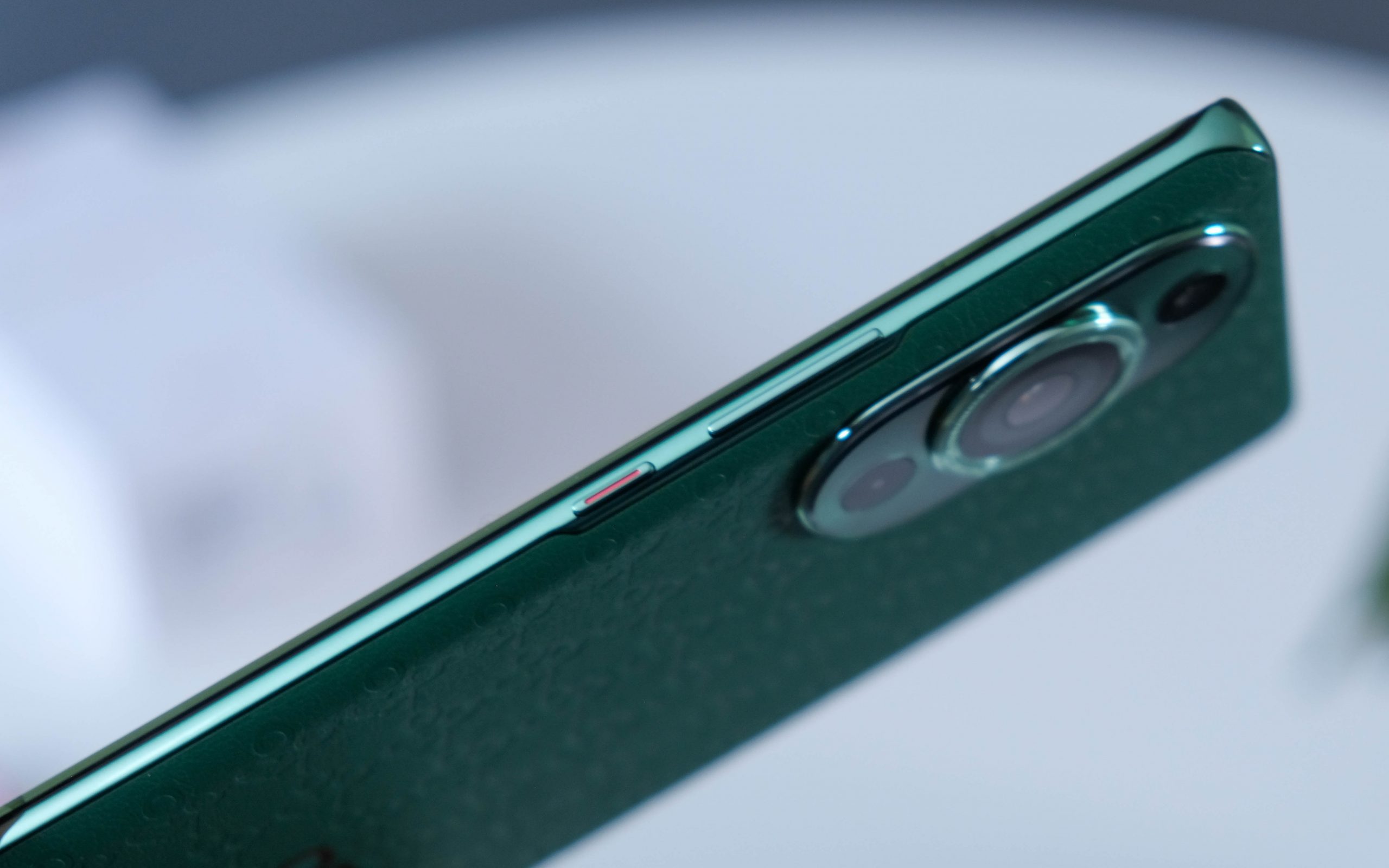 Don’t expect anything radically different when it comes to smartphone layout from Huawei’s Nova 11 Pro. Phone design hasn’t changed much in the past ten or twelve years. Until gesture or psychic (in the sense that your phone reads your mind) control makes a significant leap, don’t expect that to alter for the next ten or so. Huawei hasn’t done anything novel here. This handset is still a metal frame fronted by an OLED screen, tucked under the company’s own Kunlun glass. The USB-C charge port, speaker vent, and SIM tray live at the bottom of the frame. The upper right edge hosts physical buttons. So far, it’s nothing special.
Don’t expect anything radically different when it comes to smartphone layout from Huawei’s Nova 11 Pro. Phone design hasn’t changed much in the past ten or twelve years. Until gesture or psychic (in the sense that your phone reads your mind) control makes a significant leap, don’t expect that to alter for the next ten or so. Huawei hasn’t done anything novel here. This handset is still a metal frame fronted by an OLED screen, tucked under the company’s own Kunlun glass. The USB-C charge port, speaker vent, and SIM tray live at the bottom of the frame. The upper right edge hosts physical buttons. So far, it’s nothing special.
But it’s the colour and the shape (thanks, Dave Grohl) that matters here. The metal frame is an interesting shade of green while the vegan leather rear panel also features a very verdant shade. This is further accented by rows of debossed Nova logos, with a single larger debossed logo in the bottom third of the phone. You know, right in the tramp-stamp region? The triple camera bump is similarly themed. While it’s still a bit large for us, it’s not as obnoxious as some recent Huawei efforts. We can honestly say we’ve never seen a phone quite like this. Unfortunately, looks aren’t everything.
Ten equals Eleven
Smartphone makers have either learned that they can repeat features and specs without users caring or they’re running out of ideas (or options). Whatever the case is, we’ve seen features staying static across device generations for a while now. The likes of Samsung tend to do this most heavily for its flagship devices but Huawei’s taken a chance on a mid-range sequel where little has changed. That’s how the Huawei Nova 10 Pro and the Nova 11 Pro have come to share their major features. The processor and display remain unchanged across the two devices, as does the RAM. Even the cameras are more or less identical, with the Nova 11 Pro representing a (minor) step back in that regard.
Both phones are powered by the Snapdragon 778G, a 4G chipset that suits an upper-mid device like this one. Both include a 6.78in OLED panel which is bright and attractive enough, even if you’re looking at it for the second time in two years. HDR10 support and a 120Hz refresh rate tick the buzzword boxes and behind the screen is 8GB of RAM. One minor difference here is that instead of 128GB and 256GB models, the Nova 11 Pro starts with 256GB and goes up to 512GB. Flash memory probably became cheaper over the past cycle.
What this means is that, in terms of pure performance, there’s little to no difference between Huawei’s mid-range leader for 2023 and the same device last year. If you already have a Nova 10 Pro, there’s little reason to consider an upgrade unless you’re really envious of the new green colourway. Even then, a prettier chassis isn’t worth dropping R17,000. Not when that’s the only substantial change. The math is different if you’re upgrading from anything else but if you pulled the trigger last year, maybe wait a while longer before taking your next shot.
Eyes (up) front
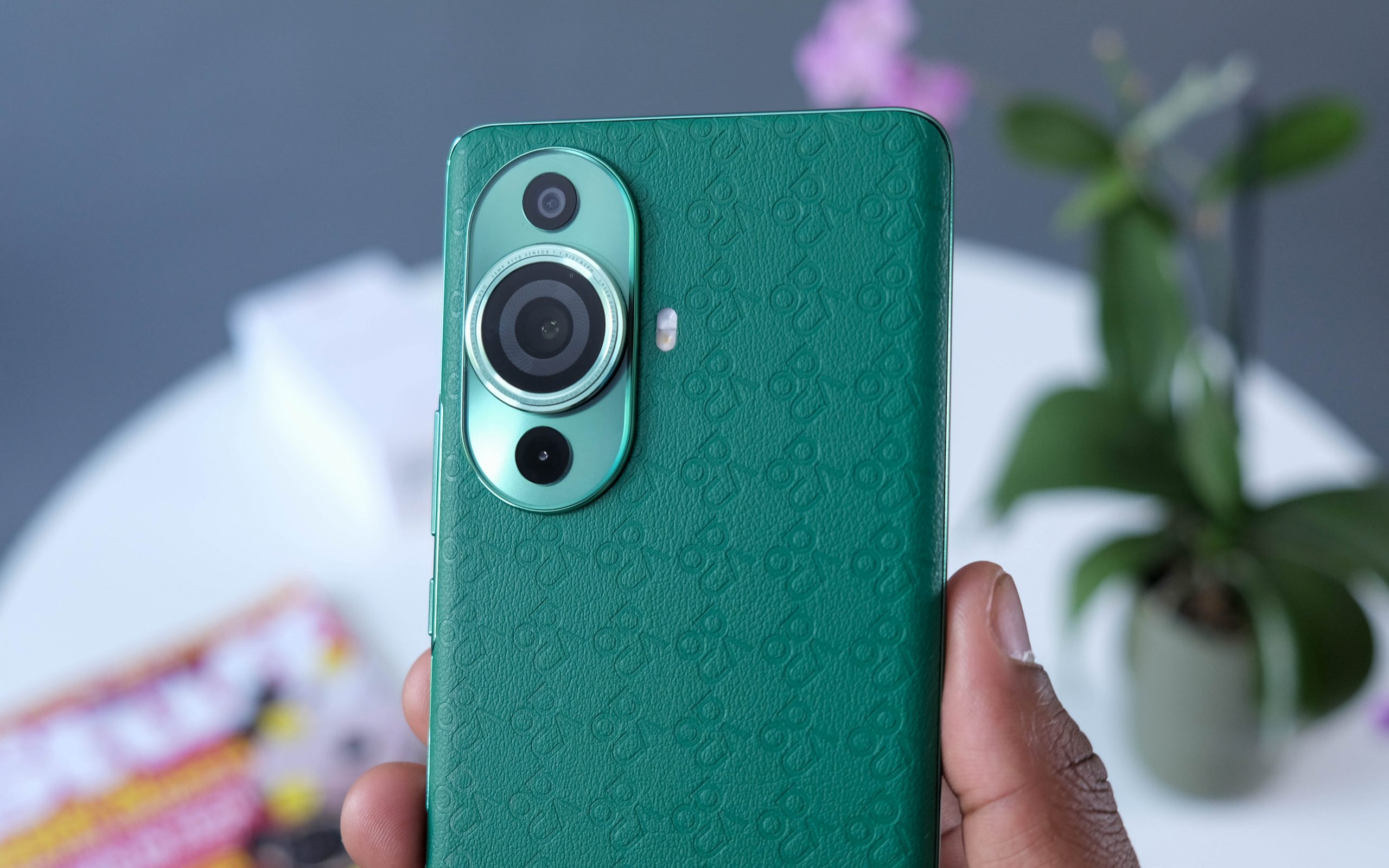 The Nova 11 Pro follows the same path laid out by its immediate predecessor by taking the exact same steps the Nova 10 Pro did. That means that the front cameras are larger than the rear cameras, something that’s more true in 2023. Last year, the rear arrangement featured three camera sensors — a 50MP main, an 8MP ultrawide, and a 2MP depth camera. This year, the depth camera has ducked out, leaving just two adorning the back panel.
The Nova 11 Pro follows the same path laid out by its immediate predecessor by taking the exact same steps the Nova 10 Pro did. That means that the front cameras are larger than the rear cameras, something that’s more true in 2023. Last year, the rear arrangement featured three camera sensors — a 50MP main, an 8MP ultrawide, and a 2MP depth camera. This year, the depth camera has ducked out, leaving just two adorning the back panel.
The front set remains identical to last year’s. If the phone’s design hasn’t clued you in, the Nova 11 Pro is supposed to be a fashion statement and folks who are keen on that tend to take selfies. Which is why there’s a 60MP monster of an ultrawide sensor in the front of this one, alongside an 8MP portrait lens. This leads to an unusual situation where the front cameras are more capable than the rear ones. It’s an excellent feature for those who want it but anyone else will find their world turned upside down.
The rear camera isn’t a slouch, of course. It’s capable of some excellent close-up photography and general shots benefit from Huawei’s onboard software assistance but Huawei makes better smartphone cameras (but it puts them in much more expensive phones). Low-light performance isn’t bad but it will be beaten by Huawei’s own flagship lineup which takes few prisoners, even if the competition is part of the same family. But, again, this is mostly the same camera setup found in the Nova 10 Pro. If you own one of those, you already know exactly what this phone can do.
The same old complaints
It’s got to be mentioned but we’re starting to think that relatively few people care – Huawei’s still not got full access to Google’s services. That doesn’t seem to have much of an impact on the company’s device sales here in South Africa so maybe the company’s mitigation measures are working. It’s less inconvenient to get your Gmail and YouTube working on this device but there are still more steps than a full-featured Android OS will ask you to take. For some, that’s a dealbreaker but it seems like the number of folks upset by this is shrinking.
Read More: Huawei Nova 10 review – Beautiful inconvenience
But Huawei’s decision to repeat its hardware and offer little upgrade beyond that admittedly gorgeous body, along with its usual Google issues, does make that R17,000 price point seem a little comical. You can certainly buy a similar phone with that sort of cash. It might even be a little faster and it’ll certainly have 5G support. It might even have an IP rating, something that’s missing here. But it probably won’t have 100W charging (unless you’re buying an Honor/Oppo/Vivo) and it definitely won’t look like this.
Huawei Nova 11 Pro verdict
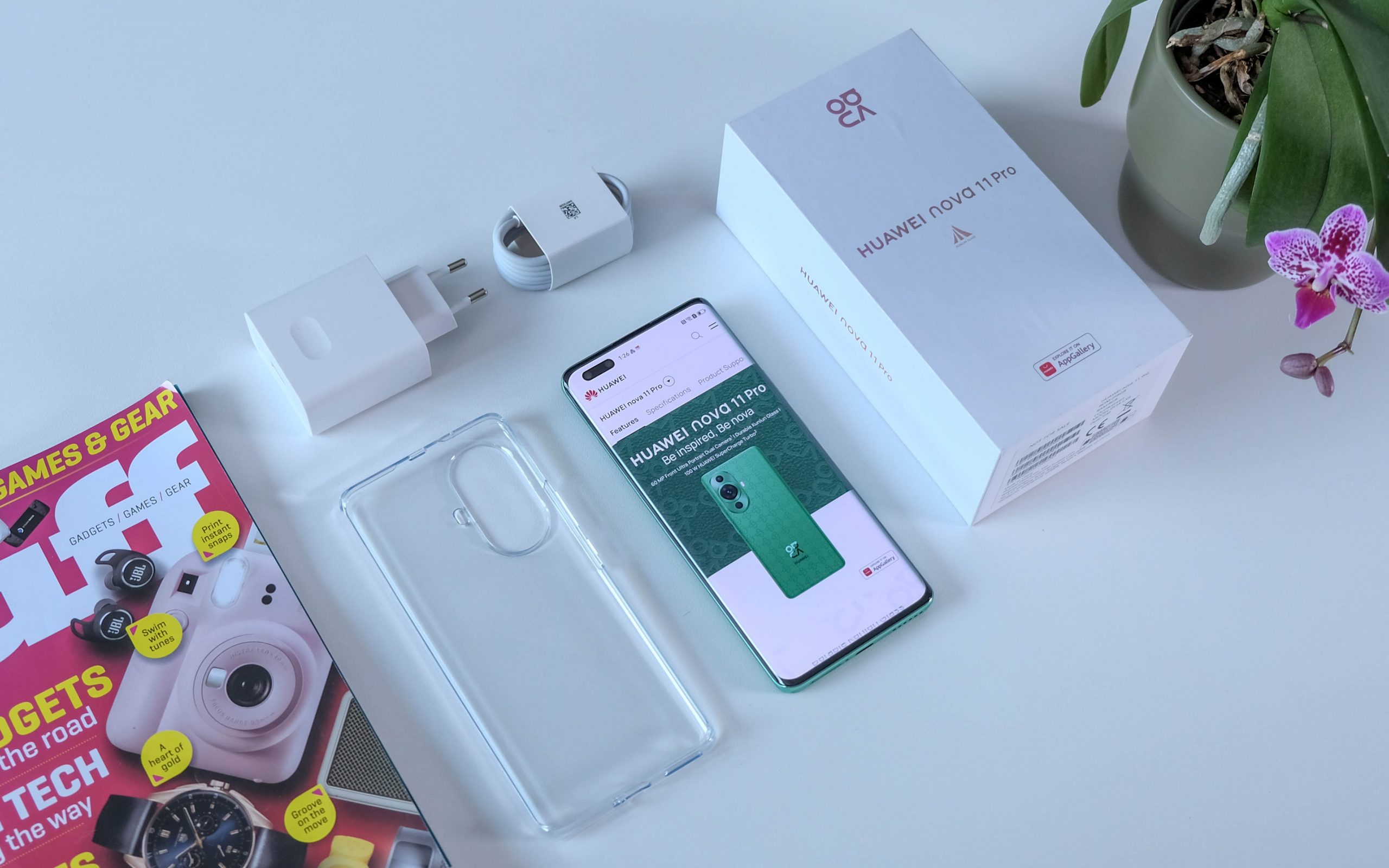 Huawei’s Nova 11 Pro is an impressive mid-range smartphone but it doesn’t do quite enough to justify its price point. It’s the Nova 10 Pro in new livery, which is great for anyone who didn’t buy a Nova 10 Pro last year. It’ll perform the same in terms of speed, camera, display, and even battery. It’s relatively quick but lacks 5G, there’s no IP rating to go along with the attractive exterior, and the front camera is better than the rear camera. The Nova 11 Pro seems to be specifically targeted for this year and that target market probably isn’t the type to read reviews, on Stuff or anywhere else. Some of them will but the rest… well, just look at the phone itself. We know all about its faults and yet we still really, really want to carry one around. It looks that good.
Huawei’s Nova 11 Pro is an impressive mid-range smartphone but it doesn’t do quite enough to justify its price point. It’s the Nova 10 Pro in new livery, which is great for anyone who didn’t buy a Nova 10 Pro last year. It’ll perform the same in terms of speed, camera, display, and even battery. It’s relatively quick but lacks 5G, there’s no IP rating to go along with the attractive exterior, and the front camera is better than the rear camera. The Nova 11 Pro seems to be specifically targeted for this year and that target market probably isn’t the type to read reviews, on Stuff or anywhere else. Some of them will but the rest… well, just look at the phone itself. We know all about its faults and yet we still really, really want to carry one around. It looks that good.

